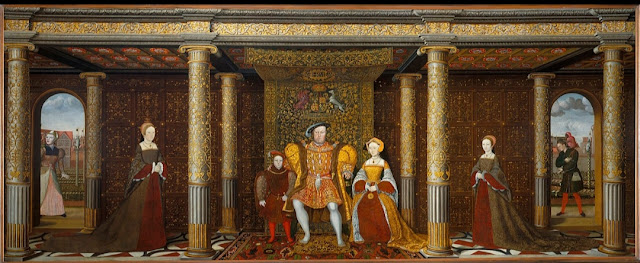Synopsis of Renaissance Literature

Renaissance Writing (1485-1660) Renainssance Art I. Introduction The Renaissance, which crossed from the late 15th to the mid-17th century, was a social and mental development that stamped a noteworthy move in European writing. This period saw a resurgence of intrigued in classical Greek and Roman writings, as well as a center on humanism, independence, and the potential for human achievement. European writing experienced a sensational alter amid the Renaissance, a social and mental development that endured from the late 15th to the mid-17th century. Amid this time, humanism, independence, and the plausibility of human victory were emphasized, and classical Greek and Roman writing delighted in a Renainssance Art II. Key Characteristics 1. Restoration of Classical Learning : Researchers looked for out and interpreted old Greek and Roman writings, driving to a recharged intrigued in classical culture and values. 2 . Humanism: Scholars emphasized the potential for h...
